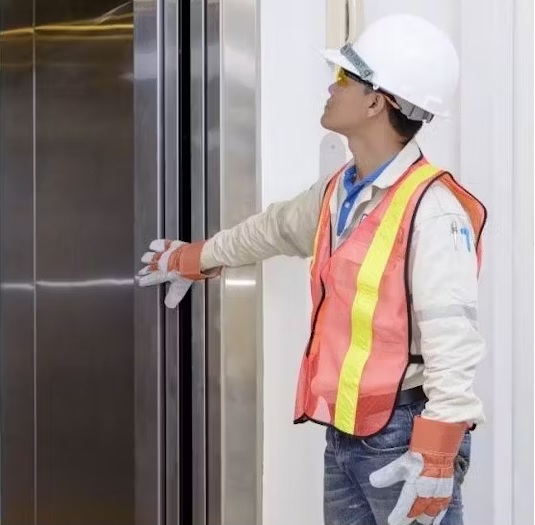Elevators are the unsung heroes of modern buildings, moving millions of people daily. But like any sophisticated machine, they require regular upkeep to ensure safe and efficient operation. Elevator preventive maintenance is the key to keeping elevators in top condition and avoiding costly breakdowns. Let’s dive into why it’s so crucial and what it entails.
Why Elevator Preventive Maintenance Matters
- Safety First: The primary reason for maintaining elevators is safety. Regular inspections and maintenance help identify potential hazards before they become serious issues. This ensures that passengers are safe and that the elevator complies with all safety regulations.
- Cost Efficiency: Preventive maintenance can save money in the long run. By addressing issues early, you avoid expensive repairs or replacements down the road. It also helps in minimizing downtime, which can be costly, especially in commercial buildings.
- Extended Lifespan: Regular maintenance can significantly extend the lifespan of an elevator. Just like a car, an elevator that is well-maintained will last longer and perform better over time.
- Improved Performance: Routine maintenance ensures that elevators operate smoothly and efficiently. This not only enhances passenger experience but also reduces energy consumption and wear and tear on the system.
Key Components of Preventive Maintenance
- Regular Inspections: Scheduled inspections are essential to check all components of the elevator system, including cables, pulleys, motors, and safety mechanisms. These inspections help to identify and rectify minor issues before they escalate.
- Lubrication and Cleaning: Moving parts need regular lubrication to reduce friction and wear. Cleaning the elevator car, tracks, and other components is also crucial to prevent dirt and debris from causing malfunctions.
- Testing Safety Systems: Regularly testing safety systems such as brakes, emergency alarms, and door mechanisms is critical. These systems must function flawlessly to ensure passenger safety.
- Software Updates: Modern elevators often rely on sophisticated control systems. Keeping software up-to-date ensures that the elevator operates efficiently and securely, with the latest safety protocols in place.
- Component Replacement: Over time, certain components will wear out and need replacing. Regular maintenance schedules help identify these components before they fail, ensuring the elevator remains operational and safe.
Conclusion
Elevator preventive maintenance is not just a routine task; it’s an investment in safety, efficiency, and longevity. By committing to a regular maintenance schedule, building owners and managers can ensure that their elevators run smoothly, save on costly repairs, and provide a safe and reliable service to all passengers.
Elevators may go up and down, but with the right preventive maintenance, your worries about them can only go down!
Contact me if you need more details or if you’d like to discuss anything else!
You can learn more about elevator maintenance contracts using our How to Choose guides.
